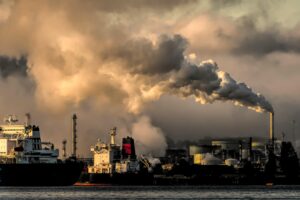SciELO Brazil under climate change conditions in the Brazilian semi-arid region Development and water requirements of cowpea under climate change conditions in the Brazilian semi-arid region
Introduction
The global climate change induced by increasing concentrations of greenhouse gases (GHGs) in the atmosphere tends to cause increment in temperatures, changes in rainfall patterns and increase in the frequency of extreme events. According to the report of the IPCC (Intergovernmental Panel on Climate Change), the increase in temperature threatens the cultivation of various agricultural crops and may worsen the already serious problem of hunger in more vulnerable parts of the planet.
Cowpea (Vigna unguiculata (L.) Walp.), also known as “feijão macassar” or “feijão-de-corda”, is a species with wide global distribution, especially in tropical regions, because their climate conditions are similar to those of its probable place of origin: Africa (Brito et al., 2009). The production of cowpea in the Northeast and North regions is made by entrepreneurs and family farmers using traditional
Como fazer
Ensina-me, Senhor, o teu caminho, e andarei na tua verdade; dá-me um coração inteiramente fiel, para que eu tema o teu nome.
(Salmos 86:11)
Bíblia Online









